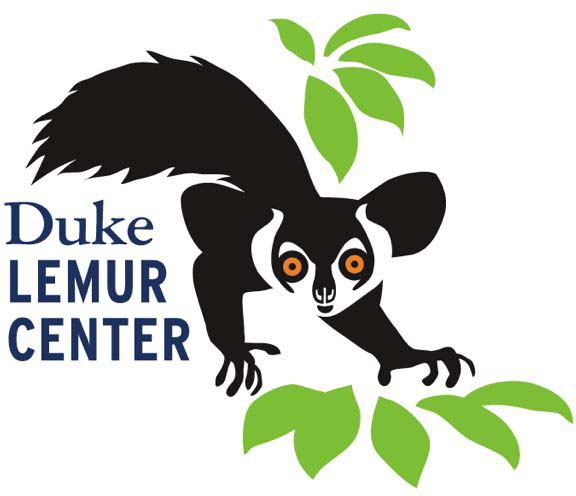By Marina Blanco, DLC-SAVA Conservation Coordinator and Lydia Greene, DLC researcher and Duke Ph.D. candidate Antananarivo, Madagascar | May 14, 2018 Lemurs are the most critically endangered group of vertebrates on Earth. Deforestation, illegal logging, and bushmeat hunting threaten 94% of lemur species in the wild, and most lemur species cannot be maintained in captivity. […]

